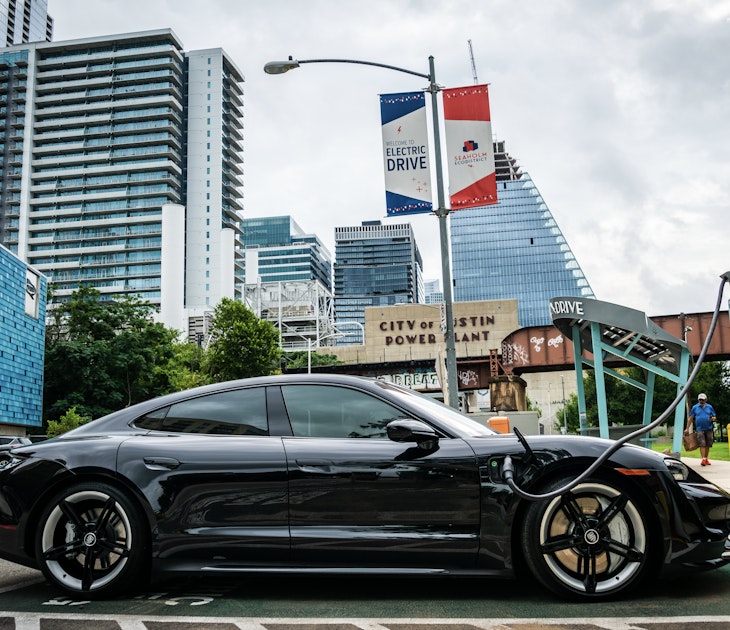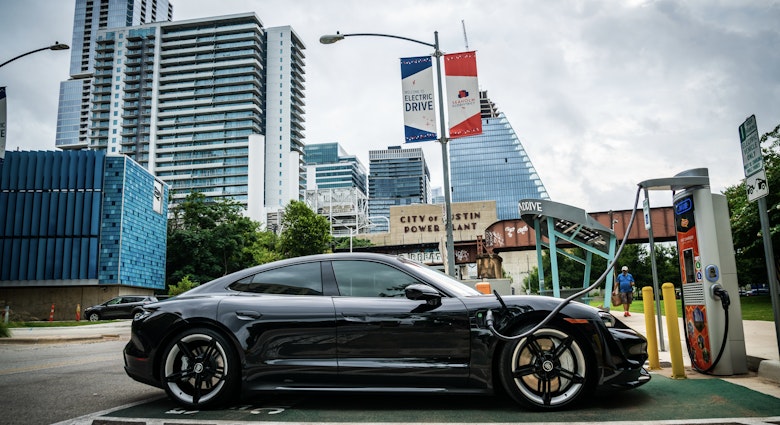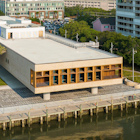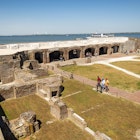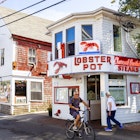Charleston’s International African American Museum will join a growing list of museums dedicated to black history, but it’s been a long time coming.
Charleston, South Carolina, is an idyllic slice of old-school Americana. Grand side porches extend the full-length of Italianate-style homes and sandy beach fronts provide unparalleled access to the Atlantic Ocean.
But beneath the area's oldest foundations lurks a darker history – one that's often overlooked and rarely told, yet permanently sewn into the fabric of both Charleston and the nation. Soon that history will finally come to light.

An untold history in Charleston
In 1619, around 20 captive Africans landed in America, marking the start of a slave trade that would last nearly 250 years. Slavery became the foundation on which the nation built its colossal wealth, and Charleston, was its epicenter. Around 80% of African Americans can potentially trace an ancestor to Charleston before being sold into bondage – a statistic more culturally significant than New York's Ellis Island, where around 40 % of white Americans can trace their ancestry.
Unlike Ellis Island, a tourist destination with a must-see museum and database where visitors can track their lineage, there's little in Charleston memorializing the area's relationship to the African American experience.

The International African American Museum
The much-anticipated International African American Museum (IAAM) is trying to add to Charleston’s narrative. The museum will be located at Gadsden's Wharf, which historian Henry Louis Gates, Jr. calls "ground zero for the African American experience." It's believed that thousands of Africans passed through this port while awaiting an uncertain future. The museum will memorialize the bravery, tenacity, and strength of those who entered the belly of America through Charleston and honor their continued cultural impact both at home and abroad.
The IAAM will join a burgeoning movement in America to appropriately represent black history in the United States. In 2016, the National Museum of African American History and Culture in Washington, DC, became the first national museum devoted exclusively to documenting the lives of African Americans. In 2018, the National Memorial for Peace and Justice in Montgomery, Alabama, was the first of its kind to commemorate victims of lynching in the United States.
Joy Bivins, Chief Curator of the IAAM believes the museum will be equally groundbreaking. "Charleston takes its history seriously, and in many ways, history is a main reason people visit this city," she notes. "I think the museum will offer proper respect and homage to the Africans and their descendants who were so influential in building this city. And, it will help connect Charlestonians to a global story and explore their place within the larger African Diaspora."
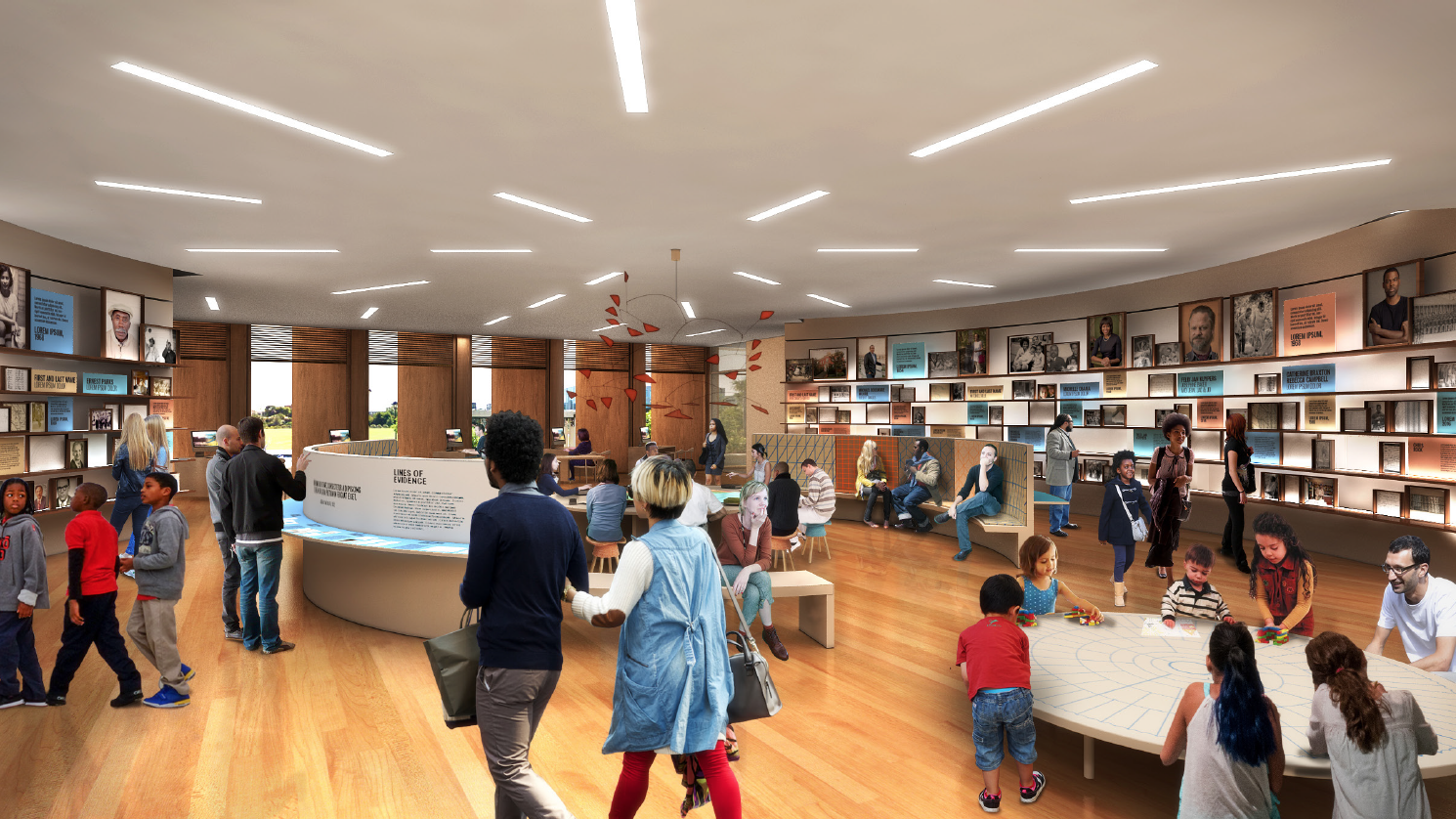
A vital component of the museum, the Center for Family History, will connect African Americans to their ancestral heritage before 1870 – the first year former slaves had both first and last names listed in the US Census. "There is an exhibit within the Center that focuses on some of the challenges people of African descent face when researching their family histories," Bivins explains, "and it's told through the stories of several families' experiences." If all goes as planned, the IAAM will become an indispensable resource for people who face similar roadblocks by providing answers about ancestry that are often hard to find.
Monuments in South Carolina
James Baldwin, the late author and Civil Rights activist, said, "If you know whence you came, there are absolutely no limitations to where you can go." The place whence Americans came in Charleston is slavery, but this painful truth is often obscured by monuments that undermine the city's history of racial inequality.
Of the 95,000 entries in America's National Register of Historic Places, a meager 2% focus on black Americans, and only a handful of those commemorate the slave trade. Meanwhile, nearly 1,800 monuments honoring the Confederacy can be found around the United States. South Carolina is home to 175 such monuments, and in Charleston, their abundance glorifies the city's sins with Gone with the Wind glamour.
Many find this lack of representation appalling, including Bivins. "Given the contributions African Americans have made to this city and this nation, there should be more [monuments]," Bivins says. "And not just of individuals but monuments and museums that memorialize and celebrate community."
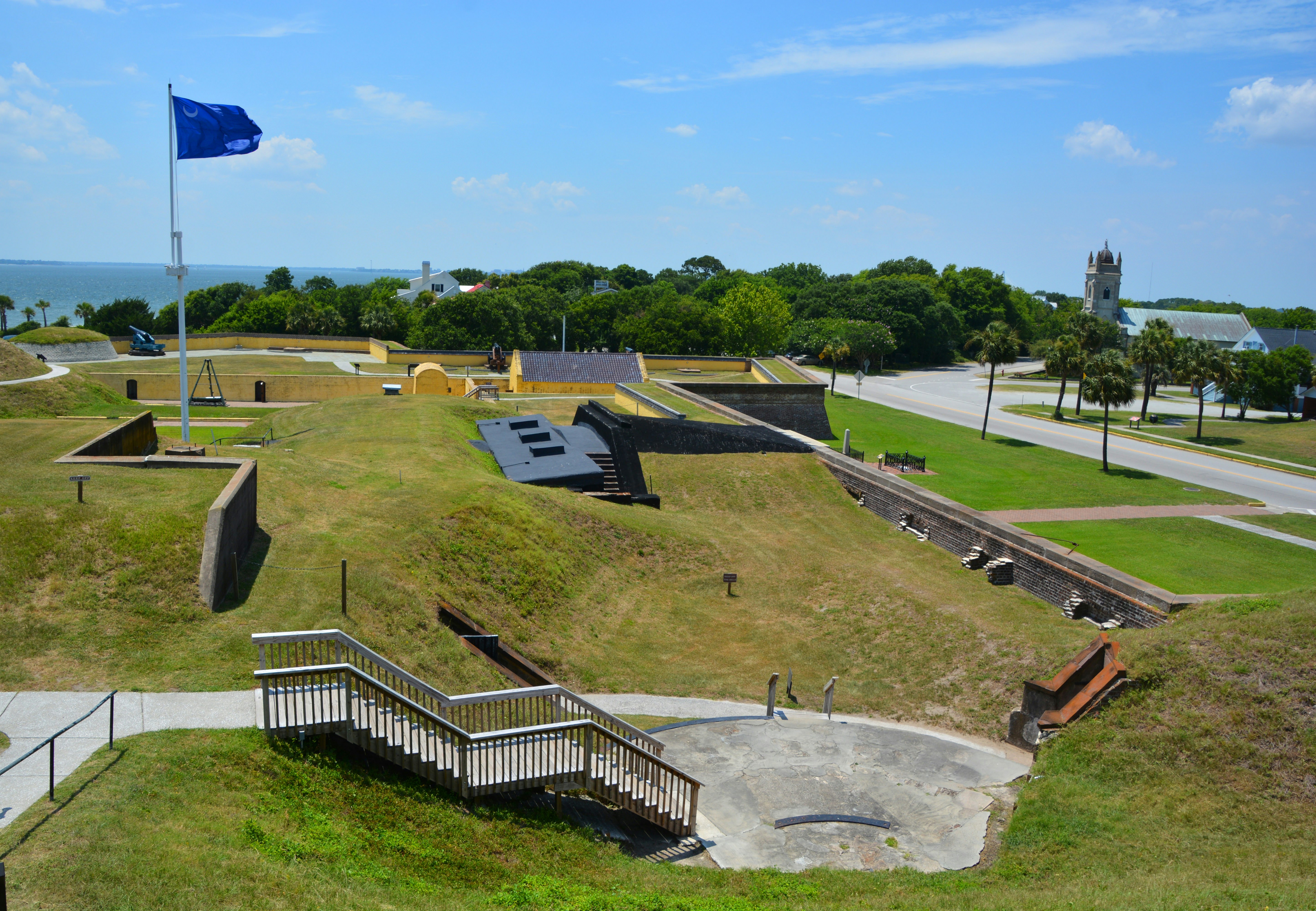
On Sullivan's Island, an affluent beach community 10 miles from town, there are two memorials honoring the enslaved people that were quarantined on the island between 1700 and 1775 before being sold in the city. One, a roadside plaque, was erected in 1990. The other, a simple six-foot bench, was dedicated by the Toni Morrison Society in 2008. Both monuments take a backseat to the island's multimillion-dollar vacation homes.
In a 1989 interview, Toni Morrison lamented the lack of historical monuments honoring slaves in America, saying, "There is no suitable memorial, or plaque, or wreath, or wall, or park, or skyscraper lobby. There's no 300-foot tower, there's no small bench by the road."
Nearly 20 years later, her interview gave birth to the six-foot bench on Sullivan’s Island. Although her bench isn't a final destination on the road to representation, it's a physical manifestation of hope that the area's old ports can become entryways for understanding. "[Morrison's] insistence on centralizing black people's experiences and stories in her work informs the work and purpose of this museum," Bivins says. If the IAAM opens as planned, it will be that hope realized. For the city of Charleston, it's been a long time coming.
The long road to the IAAM
Joe Riley, Mayor of Charleston from 1975 to 2016, proposed the idea for the museum in his 2000 State of the City Address. Unlike Morrison's six-foot bench, which cost $5,000, the IAAM initially budgeted $75 million. After 20 years, a series of state-funding setbacks, and adjustments for inflation, the price tag became nearly $100 million. Finally, a year later than anticipated, and with help from over 2,000 donors, the IAAM was able to break ground in October of 2019. It's projected to open in late 2021, and members of the community, like Bivins, remain hopeful. "When you are building something, of course, you have fears," she says. "I just choose not to dwell in that place."
For the state of South Carolina, the museum also brings socioeconomic hope. In a study conducted by the University of South Carolina's SmartState Center of Economic Excellence in Tourism, an estimated 5% increase in African American tourists would add $118 million to the state's coffers. By providing a community center for education and understanding, the IAAM will attract a demographic that hasn't historically felt welcome in the overwhelmingly white city of Charleston.
Half of the out-of-state African Americans surveyed in the study expressed reluctance to visit South Carolina due to fears of discrimination. The majority had no interest in visiting popular tourist destinations like plantations but showed a desire to see an institution like the IAAM. In a study by Mandala Research, the economic value of African American travelers increased from $48 billion to $63 billion between 2010 and 2018. The highest spenders in this segment are "cultural" travelers, who say the availability of cultural and heritage attractions is essential to their choice of destination. At its core, the IAAM is more than a social necessity - it's simply good business.
You might also like:
The 5 best Harriet Tubman sites you can visit
Nashville's black history takes centerstage on this walking tour
Alabama to turn jail where Martin Luther King Jr. was held into a Civil Rights tourist attraction


